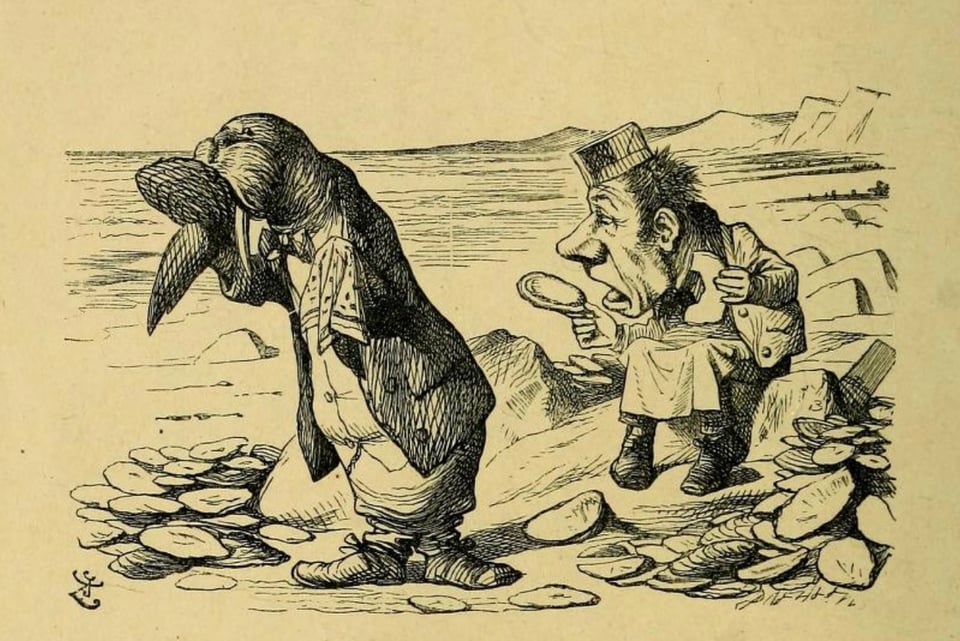Eat This Newsletter 271: Pearls and Detritus
Hello
How can it be June already? January was only yesterday. The circles keep turning.
Oyster Cult
Anthropocene Magazine does a good job of summarising a new paper from Ireland on the sustainability of cultivated oysters: Just how sustainable are oysters? Short answer. Very. I could leave it there, but what impressed me was not so much that oysters sequester carbon equivalent to two thirds of that emitted during their cultivation, but that most of those emissions would be reduced by switching to solar energy. Of course, it depends what happens to the shells after the oysters have been eaten.
It isn’t just carbon locked up in the shells either. They also remove inshore nitrogen and phosphorus from fertiliser run-off, cleaning up coastal waters and so preventing algal blooms and the like. They’re good news as protein too, with roughly a tenth of the greenhouse gas emission of beef.

Personally, I say a loaf of bread is what we chiefly need, but Danish researchers are not nearly as keen. You see, the oysters that could sustain the Irish and their coastal environment are interlopers, Pacific oysters that have been banned in Denmark since 1998. Escapees outcompete native bivalves, birds cannot break through their tougher shells, and those shells are also sharp, potentially hurting sunbathers on the briny shore. Still, they remain delicious, and as such are a potent attraction to an oyster hunt that aims to transform foodies into citizen scientists. Sounds like a lot of fun, surveying the sea bottom with the promise of plates of delicious oysters to come.
As for the Billion Oyster Project to restore the Hudson River, progress remains slow.
Old Bread is New Again
An interesting story from AFP, which I saw at RTÉ, the Irish public broadcaster, about a new old bread made with modern ancient grain. It is called Kulluoba, after the site in Anatolia where its inspiration was unearthed: a flat bread, about 12 cm across, found under the entrance to a building. The loaf is about 5000 years old and may be one of the earliest leavened loaves yet discovered. The excavation director, Murat Turkteki, noted that a piece had been removed before the bread was burned and buried, which he speculates might make it a relic of “a ritual of abundance”.
The bread was made of coarse-ground emmer wheat, along with lentils and “the leaf of an as yet undetermined plant used as yeast,” which I don’t fully understand. To recreate it, a local bakery is using Kavılca, an ancient emmer wheat landrace, along with added bulgur, possibly also made with Kavılca, and lentils. The bakery manager says the result is a “rich, satiating, low-gluten, preservative-free bread”. And it is selling like the proverbial.
Oil is the New Wine
Two recent guests on the podcast have made the point that one should treat olive oil more like a fine wine than as a mere fat. Further evidence of this trend comes from the recent NYIOOC World Olive Oil Competition where an oil made exclusively with Coroncina, a little-known variety, took a gold medal. The oil boasts “vibrant fruity notes, balanced with a medium to intense bitterness and spiciness. It offers herbaceous aromas, along with hints of fresh wild almond and artichoke.”
Olive Oil Times has the full story of how the oil came to be, which is the usual mix of obsession, patience and determination. Further evidence, too, of the oenification of olive oil, with the producer’s statement that he harvested much earlier than was customary, “right at the beginning of veraison, to respect its soul”. As an amateur, I had to look up veraison: “the onset of the ripening of the grapes”. And, by extension, olives.
Cheese Caves
Far from Roquefort, deep inside Kansas, Missouri and Wisconsin, are the fabled US government cheese caves of yore. And of now. But not of the government. According to Springfield Underground, operator of the Missouri caves:
We are not a government facility, but rather a multi-generational family business that stores products, such as cheese, underground.
With that out of the way then, to business, which is a nice piece by Colleen Hamilton that uses the idea of government cheese caves as a window into what she describes as “persistent overproduction baked into federal dairy policy”. The history is both fascinating and conventional. Farmers need a higher price to stay in business, food business won’t give it to them, farmers turn to government, government obliges and lo, farmers produce as much as their cows can, knowing that in the last resort, government will pay. It’s capitalism.
Along the way, though, there are all kinds of twists and turns around the promotion of milk at the “food no one should live without”. Milk, however, spoils. Enter cheese, the production of which the US government also encouraged, spending up to $2 billion a year to store the excess in those storied caves.
There have been efforts to unwind the various subsidies, including giving needy communities handouts of government cheese (although I have yet to find any evidence to support the myth that gourmets went out of their way to score some of the handout, doubly unlikely as it was a processed cheese). Still, the surplus cheese persists and it is still stored in cheese caves, by a company that charges big food companies that need somewhere to keep their inventory. It’s still capitalism.
Did You Know?
- Les Halles started life as a fabric market outside Paris? In the 11th century?
- Dead food is the waitstaff’s reward, at least in the US.
- “US consumers spent $3 billion on meat sticks, roughly the same amount as they did on roses”? Is that a lot? And how do they make meat sticks anyway?
- About vanilla? Of course you did, but here’s another helping.
Take care

Add a comment: